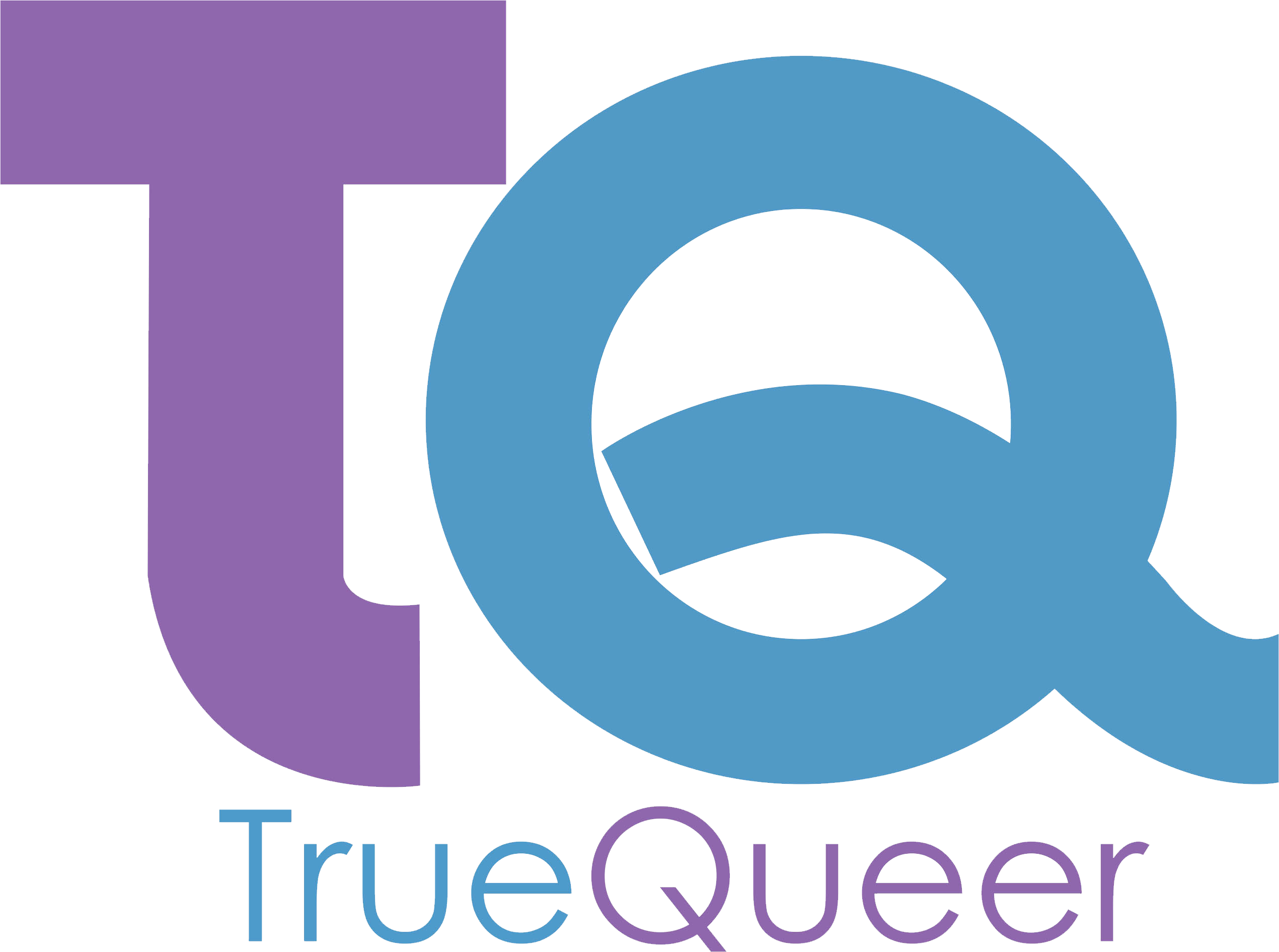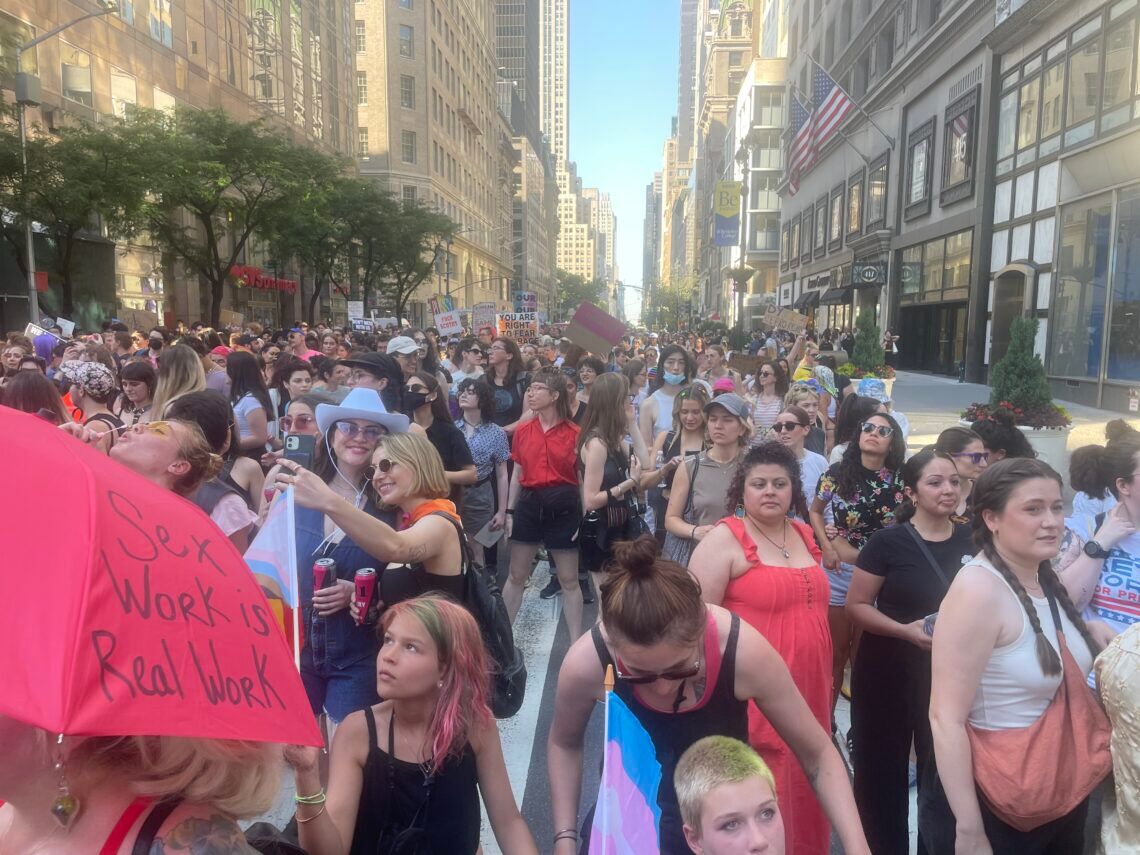The Dyke March paraded a large representation of a vagina in front of the White House, maintaining a safe environment.
Sign up for more LGBTQ+ news and updates at TrueQueer.
The Dyke March: A Powerful Tradition of Visibility and Resistance
The first official Dyke March — now an annual fixture at Pride celebrations across the country — took place the evening before the March on Washington in April 1993, when thousands of lesbians organized and marched with a manifesto from DuPont Circle past the White House and to the National Mall, led by a massive vagina held aloft like a puppet through the streets of D.C. Imagine the look on both the Clintons’ faces as the organ headed down Pennsylvania Avenue.
A few months later, the New York Lesbian Avengers repeated the Dyke March on Fifth Avenue the night before the New York City Pride parade. Their “float” was a bed on wheels covered in kissing lesbians.
Almost 30 years later, Kris Hillen was in New York in 2022 for the annual dyke-themed opening act the night before the big event.
“It always surprises me how many LGBTQ+ women and nonbinary folks don’t know about the NYC Dyke March,” Hillen tells LGBTQ Nation. “I went to my first one about 25 years ago. I think people don’t understand how well-attended it is. It’s massive and it’s such an incredibly safe feeling.”
“Dykes don’t have a lot of safe spaces,” Hillen explains, “and to — what looks like — spontaneously create one each year that has thousands of participants is an incredible feeling. In reality, it takes a lot of planning, but also, in its entire history, it has never had a permit. It is literally dykes taking over Fifth Avenue.”
“Also,” adds Hillen, “sex work is real work!”
The Dyke March holds a special place in LGBTQ+ history as a space for visibility and resistance. It is a powerful demonstration of solidarity within the community and a celebration of queer identity. The march provides a platform for LGBTQ+ women and nonbinary individuals to come together, raise their voices, and demand recognition and equality.
The Dyke March is not just a parade or a celebration; it is a political statement. It challenges societal norms and stereotypes, defying expectations and reclaiming public spaces. By marching through the streets with pride and defiance, participants assert their right to exist and be seen.
The history of the Dyke March is deeply intertwined with the fight for LGBTQ+ rights. From its humble beginnings in Washington, D.C., to its expansion to cities across the country, the march has been a symbol of resilience and resistance. It has weathered challenges and opposition, standing firm in its commitment to create a space for queer women and nonbinary individuals to be unapologetically themselves.
The Dyke March is a testament to the power of community and solidarity. It brings together people from all walks of life, united by their shared experiences and struggles. It is a reminder that LGBTQ+ rights are not just about legal battles or policy changes; they are about building connections, fostering understanding, and creating spaces where everyone can feel safe and supported.
As Kris Hillen experienced firsthand, the Dyke March is more than just a march; it is a transformative experience that leaves a lasting impact on all who participate. It is a space where LGBTQ+ women and nonbinary individuals can come together, celebrate their identities, and demand recognition and respect.
In a world that often marginalizes and erases LGBTQ+ voices, the Dyke March stands as a beacon of hope and empowerment. It is a reminder that visibility matters, that resistance is necessary, and that solidarity can move mountains. As we look towards the future, let us remember the legacy of the Dyke March and continue to fight for a world where all LGBTQ+ individuals can live authentically and proudly.
Follow us on: Facebook for more LGBTQ+ news and updates at TrueQueer.
Dyke March
![]()

